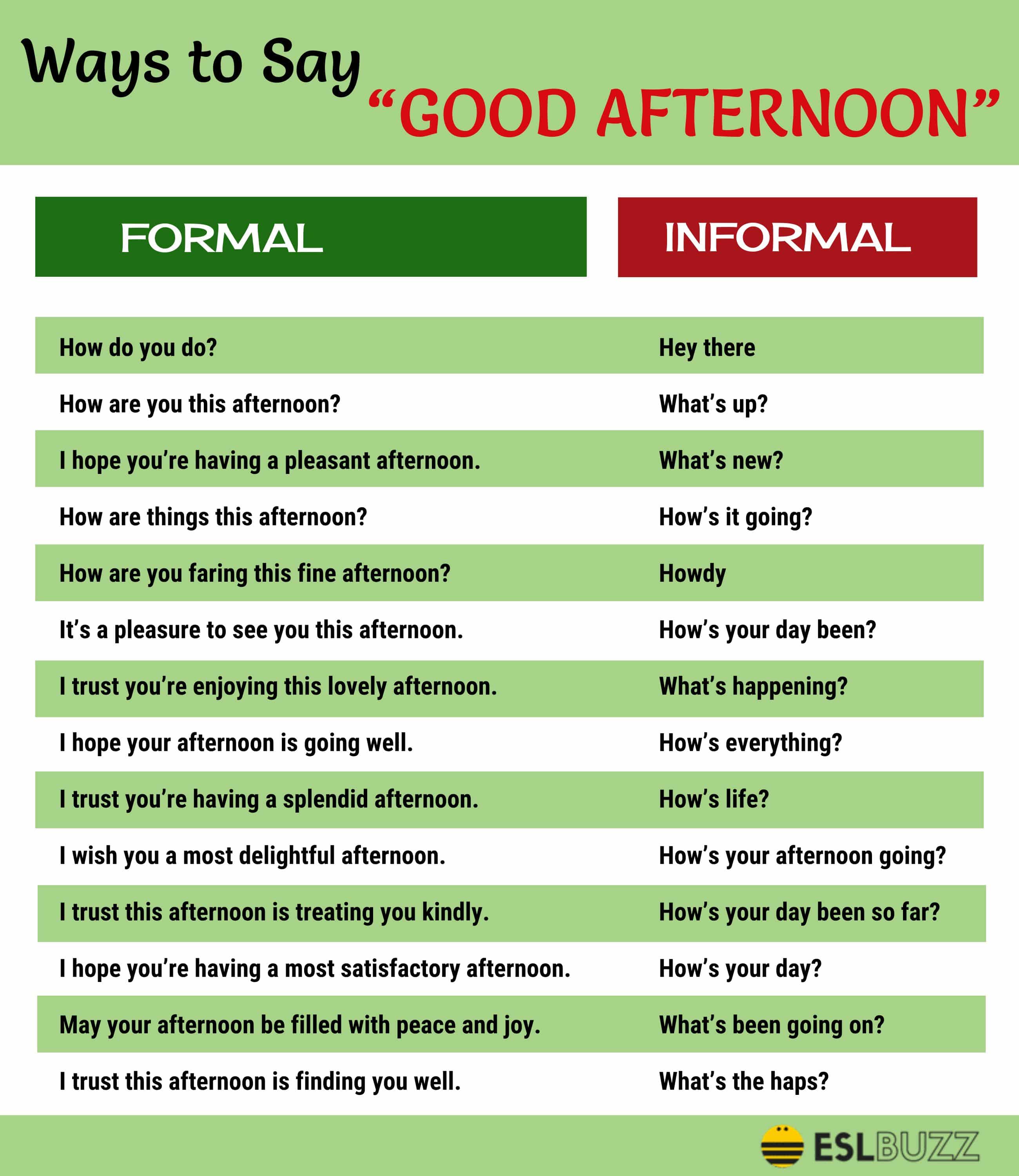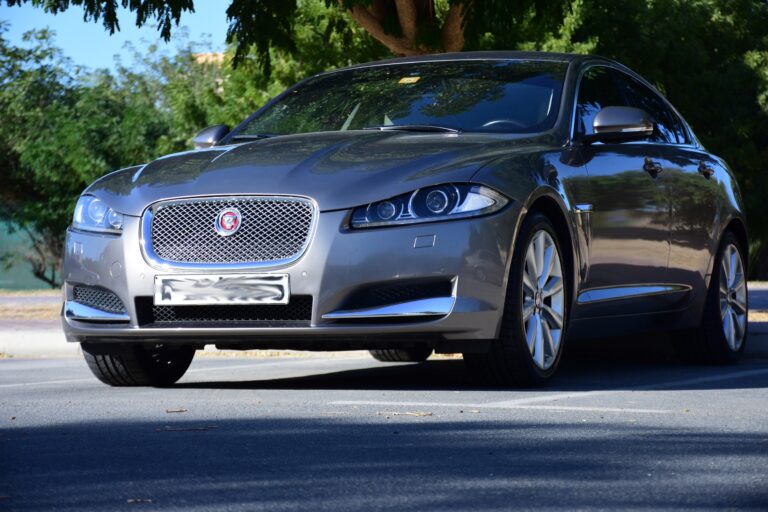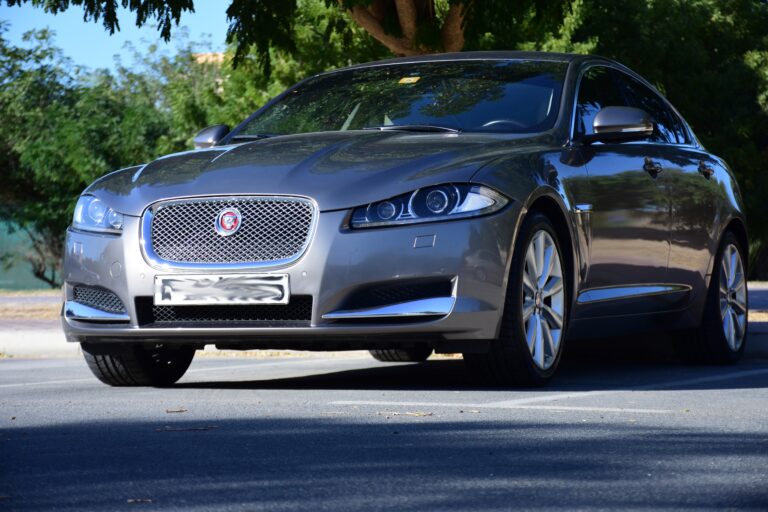Good Car Stereo Brands: A Comprehensive Guide to Elevating Your In-Car Audio Experience
Good Car Stereo Brands: A Comprehensive Guide to Elevating Your In-Car Audio Experience cars.truckstrend.com
In an age where cars are becoming extensions of our living spaces, the quality of in-car entertainment has never been more crucial. While modern vehicles often come equipped with decent factory audio systems, for true audiophiles and those who spend significant time on the road, a "good car stereo" transcends mere functionality. It’s about an immersive sound experience that transforms daily commutes into private concerts and long drives into sonic adventures. But what exactly defines a "good car stereo brand," and how do you navigate the myriad options available to find the perfect fit for your vehicle and your ears?
This comprehensive guide will delve into the world of good car stereo brands, exploring what sets them apart, the different components they offer, and how to make informed decisions to build an audio system that truly sings.
Good Car Stereo Brands: A Comprehensive Guide to Elevating Your In-Car Audio Experience
What Makes a "Good" Car Stereo Brand?
Before we dive into specific brands, it’s essential to understand the criteria that elevate a car stereo brand from mediocre to excellent. A truly good brand excels in several key areas:
- Sound Quality & Fidelity: This is paramount. A good brand consistently delivers clear, crisp highs, well-defined mids, and robust, distortion-free bass. They invest in superior components, advanced signal processing, and meticulous engineering to reproduce sound as faithfully as possible.
- Durability & Reliability: Car environments are harsh, with extreme temperatures, vibrations, and dust. Good brands build their products to withstand these conditions, ensuring longevity and consistent performance.
- Features & Innovation: From seamless smartphone integration (Apple CarPlay, Android Auto) and high-resolution audio support to advanced digital signal processing (DSP) and extensive equalization options, top brands continually innovate to offer cutting-edge features that enhance user experience and sound customization.
- User Interface & Ergonomics: Especially for head units, an intuitive, easy-to-use interface is crucial for safe operation while driving. Good brands design their products with logical layouts, responsive touchscreens (where applicable), and accessible controls.
- Build Quality & Aesthetics: While performance is key, the physical quality of the components and their visual appeal also matter. Premium materials, solid construction, and attractive design contribute to the overall perceived value and integration into your car’s interior.
- Brand Reputation & Support: A long-standing reputation for excellence, positive customer reviews, and reliable customer service and warranty support are strong indicators of a good brand.
- Value for Money: "Good" doesn’t always mean "most expensive." A good brand offers a range of products that provide excellent performance relative to their price point, catering to various budgets without compromising essential quality.

Leading the Charge: Top Car Stereo Brands
The car audio market is rich with brands, each with its strengths and specializations. Here are some of the most highly regarded and reliable good car stereo brands, known for their quality across various components:

1. Pioneer
Overview: A household name in car audio, Pioneer has consistently been at the forefront of innovation. They offer a vast range of products, from entry-level to high-end, known for their robust feature sets and reliable performance.
Strengths: Excellent head units (single-DIN, double-DIN, digital media receivers), good speakers, and amplifiers. Strong in smartphone integration (CarPlay/Android Auto) and high-resolution audio.
Ideal For: Users seeking feature-rich head units, reliable all-around performance, and good value.
2. Kenwood

Overview: Often seen as a direct competitor to Pioneer, Kenwood also boasts a comprehensive product line and a strong reputation for quality. They are particularly known for their user-friendly interfaces and strong navigation features in their multimedia receivers.
Strengths: High-quality head units, especially multimedia receivers with advanced connectivity. Good range of speakers and amplifiers.
Ideal For: Those prioritizing excellent head unit features, ease of use, and dependable sound.
3. Alpine
Overview: Alpine is synonymous with premium car audio. They are renowned for their meticulous engineering, superior sound quality, and high-end components, including amplifiers and digital signal processors (DSPs).
Strengths: Exceptional sound quality, high-power amplifiers, sophisticated DSPs, and premium head units. Known for "tuning" capabilities.
Ideal For: Audiophiles and enthusiasts looking for top-tier sound reproduction and advanced system customization.
4. Sony
Overview: While a giant in general electronics, Sony has made significant strides in the car audio space, particularly with their head units. They offer a sleek aesthetic, user-friendly interfaces, and increasingly competitive sound quality.
Strengths: Stylish and feature-packed head units, including digital media receivers and double-DIN units with large displays. Good quality speakers and subwoofers.
Ideal For: Users who appreciate modern design, seamless smartphone integration, and reliable performance from a trusted brand.
5. JBL
Overview: A legendary name in audio, JBL brings its expertise in professional and home audio to the car market. They are highly regarded for their speakers and subwoofers, offering excellent sound and value.
Strengths: Wide range of high-quality speakers (component, coaxial) and powerful subwoofers. Known for clear, balanced sound.
Ideal For: Those looking for excellent speaker upgrades and impactful bass without breaking the bank.
6. Kicker
Overview: Kicker is the go-to brand for enthusiasts who crave powerful, impactful bass. While known for their subwoofers and amplifiers, they also offer a full range of speakers that deliver robust sound.
Strengths: Dominant subwoofers and high-output amplifiers. Built for durability and hard-hitting performance.
Ideal For: Bass-heads and anyone prioritizing high volume and deep, thumping bass.
7. JL Audio
Overview: JL Audio sits firmly in the premium segment, known for its exceptional subwoofers, amplifiers, and speakers. Their focus is on precision engineering and uncompromising sound quality, making them a favorite among audiophiles.
Strengths: World-class subwoofers, highly efficient and powerful amplifiers, and detailed speakers.
Ideal For: Serious audiophiles and those building high-fidelity car audio systems with a significant budget.
8. Rockford Fosgate
Overview: Rockford Fosgate has built a reputation for powerful, robust amplifiers and subwoofers. Their products are designed for durability and high output, appealing to those who want their audio system to be heard and felt.
Strengths: High-performance amplifiers, hard-hitting subwoofers, and durable speakers.
Ideal For: Users seeking raw power, deep bass, and components built to last.
9. Focal
Overview: A French brand synonymous with high-end audio, Focal produces some of the most exquisite car speakers on the market. Their products are revered for their incredible detail, clarity, and natural sound reproduction.
Strengths: Elite-level component speakers and coaxial speakers, often regarded as reference quality. High-fidelity sound.
Ideal For: Discerning audiophiles willing to invest in the absolute best in sound clarity and imaging.
10. Hertz
Overview: An Italian brand, Hertz has quickly gained a reputation for producing high-quality speakers and amplifiers that offer exceptional sound clarity and power. They provide a compelling balance of performance and value in the mid-to-high end.
Strengths: Detailed and dynamic speakers, powerful and clean amplifiers. Excellent overall sound reproduction.
Ideal For: Audiophiles looking for a premium sound experience that rivals Focal but often at a slightly more accessible price point.
Building Your Ideal System: Key Considerations
Choosing the right brand is just the first step. Here’s how to approach building your car audio system:
1. Define Your Budget
Car audio systems can range from a few hundred to several thousands of dollars. Determine how much you’re willing to spend and allocate funds across components (head unit, speakers, amplifier, subwoofer, installation).
2. Assess Your Vehicle’s Compatibility
Consider your car’s make, model, and year. Does it accommodate a single-DIN or double-DIN head unit? What size speakers fit in the factory locations? Will you need special wiring harnesses or dash kits? Modern cars with complex integrated systems might require specific integration modules.
3. Identify Your Listening Preferences
- Audiophile: You prioritize clarity, detail, and accurate sound reproduction. Focus on high-quality head units, component speakers, a dedicated amplifier, and potentially a DSP. Brands like Alpine, JL Audio, Focal, and Hertz will appeal.
- Bass Enthusiast: You love deep, thumping bass. Prioritize powerful subwoofers and matching amplifiers. Kicker, JL Audio, and Rockford Fosgate are strong contenders.
- All-Around Listener: You want a balanced system with good clarity and decent bass for various music genres. Brands like Pioneer, Kenwood, Sony, and JBL offer excellent all-around performance.
4. Component Matching
A chain is only as strong as its weakest link. Ensure your components are well-matched. A high-power amplifier paired with low-quality speakers won’t sound good, and vice-versa. Many good brands offer complete ecosystems of matching components.
5. DIY vs. Professional Installation
While some basic upgrades (like swapping a head unit) can be DIY projects, complex installations involving amplifiers, subwoofers, and extensive wiring are best left to professional installers. They ensure proper wiring, safety, and optimal system tuning.
6. Consider Features
Do you need Apple CarPlay/Android Auto? Navigation? Bluetooth? High-resolution audio support? USB inputs? Multiple camera inputs? Make a list of essential features for your head unit.
Practical Advice and Actionable Insights
- Start with the Head Unit (Receiver): This is the brain of your system. A good head unit provides a clean signal, robust features, and expansion capabilities (e.g., pre-outs for amplifiers). Upgrading this alone can significantly improve sound quality.
- Upgrade Speakers Next: Even with a factory head unit, better speakers can dramatically enhance clarity and detail. Consider component speakers for the front stage for superior imaging.
- Add an Amplifier for Power: If you want more volume, dynamic range, and cleaner sound at higher levels, a dedicated amplifier is essential. It provides clean power that your head unit can’t.
- Subwoofer for Bass: For impactful low frequencies, a subwoofer is a must. Consider sealed enclosures for tighter, more accurate bass, or ported enclosures for louder, more boomy bass.
- Don’t Forget Sound Deadening: Applying sound deadening material to doors and trunk can reduce road noise and vibrations, significantly improving overall sound quality by allowing your speakers to perform in a quieter environment.
- Tune Your System: Once installed, take the time to properly tune your system using the equalizer, time alignment, and crossover settings. Many good head units and DSPs offer advanced tuning capabilities. Professional tuning can make a world of difference.
Challenges and Solutions
- Integration with Factory Systems: Many modern cars have complex factory systems (e.g., infotainment, climate controls integrated into the head unit). Solutions include specific dash kits, wiring harnesses, data interfaces, or DSPs that can integrate with the factory signal.
- Space Constraints: Limited space for subwoofers or large amplifiers. Solutions include compact amplifiers, shallow-mount subwoofers, or custom-built enclosures.
- Budget Limitations: Don’t try to buy everything at once. Prioritize upgrades in phases (e.g., head unit first, then speakers, then amplifier/subwoofer). Focus on quality over quantity.
- Noise Issues: Hissing, buzzing, or whining sounds can be caused by improper grounding, poor wiring, or interference. Professional installation can mitigate these issues.
Estimated Price Guide for Good Car Stereo Brands
Please note: Prices are highly variable based on specific models, features, sales, and retailers. The ranges provided are estimates in USD for new products and serve as a general guide. "Entry-Level," "Mid-Range," and "High-End" refer to the brand’s offerings within that category.
| Brand | Product Category | Typical Features/Characteristics | Estimated Price Range (USD) |
|---|---|---|---|
| Pioneer | Head Units | Single/Double DIN, Mechless, CD/DVD, CarPlay/Android Auto, Bluetooth, Hi-Res Audio | $100 – $800+ |
| Speakers | Coaxial, Component, good clarity, solid bass | $50 – $300+ (per pair) | |
| Amplifiers | Multi-channel, Mono, good power output for price | $100 – $600+ | |
| Subwoofers | Various sizes, decent power handling, good value | $80 – $400+ | |
| Kenwood | Head Units | Single/Double DIN, Mechless, CD/DVD, CarPlay/Android Auto, Navigation, Bluetooth, Hi-Res Audio | $120 – $1000+ |
| Speakers | Coaxial, Component, balanced sound | $60 – $350+ (per pair) | |
| Amplifiers | Multi-channel, Mono, reliable power, often compact designs | $120 – $700+ | |
| Subwoofers | Various sizes, good for everyday bass | $90 – $450+ | |
| Alpine | Head Units | Premium Single/Double DIN, Mechless, Large Displays, CarPlay/Android Auto, Hi-Res Audio, DSP | $200 – $1500+ |
| Speakers | Coaxial, Component, excellent clarity, detail, strong mid-bass | $100 – $800+ (per pair) | |
| Amplifiers | High-efficiency, powerful, clean sound, often compact | $200 – $1200+ | |
| Subwoofers | High-performance, deep and accurate bass, various types (Type R, Type S, etc.) | $150 – $800+ | |
| Sony | Head Units | Single/Double DIN, Mechless, Sleek design, CarPlay/Android Auto, Bluetooth, Hi-Res Audio | $100 – $700+ |
| Speakers | Coaxial, Component, clear sound, good build | $40 – $250+ (per pair) | |
| Subwoofers | Decent quality, good for general use | $70 – $300+ | |
| JBL | Speakers | Coaxial, Component, clear, balanced, good value, often high sensitivity | $50 – $400+ (per pair) |
| Amplifiers | Compact, reliable power, often good value | $100 – $500+ | |
| Subwoofers | Punchy, powerful bass, various sizes, good for all-around use | $80 – $400+ | |
| Kicker | Speakers | Coaxial, Component, high power handling, robust sound | $60 – $300+ (per pair) |
| Amplifiers | High-output, powerful, designed for bass | $150 – $1000+ | |
| Subwoofers | Deep, hard-hitting bass, various series (Comp, L7, etc.), high SPL | $100 – $1000+ | |
| JL Audio | Speakers | Component, Coaxial, exceptional detail, balanced sound | $200 – $1500+ (per pair) |
| Amplifiers | High-efficiency, incredibly clean power, compact designs, premium build | $300 – $2000+ | |
| Subwoofers | World-class, accurate, deep bass, premium performance, various series (W3, W6, W7) | $200 – $1500+ | |
| Rockford Fosgate | Speakers | Coaxial, Component, robust build, good power handling | $70 – $400+ (per pair) |
| Amplifiers | High-power, durable, designed for heavy use, Class D efficiency | $200 – $1500+ | |
| Subwoofers | Powerful, deep bass, Punch & Power series, built for SPL and everyday bass | $100 – $800+ | |
| Focal | Speakers | Component, Coaxial, unparalleled clarity, detail, wide soundstage, premium materials | $200 – $3000+ (per pair) |
| Amplifiers | Clean, audiophile-grade power, often paired with their speakers | $400 – $2000+ | |
| Subwoofers | Accurate, musical bass, complements high-fidelity systems | $250 – $1000+ | |
| Hertz | Speakers | Component, Coaxial, dynamic, detailed, great mid-bass, high sensitivity | $150 – $1000+ (per pair) |
| Amplifiers | Clean, powerful, high-fidelity sound, often compact | $300 – $1500+ | |
| Subwoofers | Musical, accurate bass, blends well with their speaker lines | $200 – $800+ |
Frequently Asked Questions (FAQ)
Q1: Do I really need an amplifier if I upgrade my speakers?
A1: While new speakers will sound better than factory ones even without an external amplifier, an amp unlocks their full potential. Factory head units typically provide very low power (around 15-20 watts RMS per channel), whereas many aftermarket speakers can handle 50-100+ watts RMS. An amplifier provides the clean, consistent power needed for louder volumes, greater dynamic range, and significantly improved sound clarity and detail, especially for component speakers.
Q2: What’s the difference between single-DIN and double-DIN head units?
A2: These terms refer to the standardized sizes of car stereo openings. A single-DIN (1 DIN) unit is roughly 2 inches tall and 7 inches wide. A double-DIN (2 DIN) unit is twice as tall, at 4 inches tall and 7 inches wide. Double-DIN units typically feature larger touchscreens, allowing for more advanced features like Apple CarPlay, Android Auto, and built-in navigation.
Q3: Is Apple CarPlay/Android Auto worth it?
A3: Absolutely. These features seamlessly integrate your smartphone’s core functions (navigation, music, messaging, calls) directly into your car’s display. They provide a safer, more intuitive, and familiar interface than most proprietary car stereo menus, significantly enhancing convenience and reducing driver distraction.
Q4: How important is sound deadening?
A4: Highly important, especially if you’re investing in quality speakers. Sound deadening material (e.g., butyl rubber sheets) applied to your car’s doors, trunk, and floor reduces external road noise, prevents panel vibrations, and creates a more acoustically "dead" environment. This allows your speakers to perform more efficiently, producing clearer sound and deeper, tighter bass without being masked by rattles or road noise.
Q5: Can I keep my factory head unit and still upgrade my sound system?
A5: Yes, in many cases. If your factory head unit is integrated with other vehicle functions or you simply prefer its look, you can often keep it. You’ll need a line output converter (LOC) or a digital signal processor (DSP) that can accept speaker-level inputs from the factory unit and convert them into a clean, low-level signal for aftermarket amplifiers. This allows you to upgrade speakers, add amplifiers, and subwoofers while retaining the factory display and controls.
Q6: What’s RMS power vs. Max power?
A6: Always pay attention to RMS (Root Mean Square) power. RMS refers to the continuous power an amplifier can output or a speaker can handle over a long period without damage. Max (or Peak) power is the absolute maximum power a component can handle for a brief instant, which is less relevant for consistent sound quality and system longevity. When matching components, always use RMS ratings.
Conclusion
Embarking on the journey to upgrade your car’s audio system is an exciting endeavor that promises to transform your daily commute and long-distance travels. By understanding what defines a "good car stereo brand" and exploring the strengths of industry leaders like Pioneer, Kenwood, Alpine, JL Audio, and Focal, you’re well-equipped to make informed decisions.
Remember, a good car stereo system isn’t just about volume; it’s about clarity, balance, detail, and an immersive experience that resonates with your personal listening preferences. Whether you’re an audiophile chasing perfect fidelity or a bass enthusiast seeking powerful thumps, the brands highlighted in this guide offer the quality, innovation, and reliability to build the car audio system of your dreams. Invest wisely, consider professional installation for complex setups, and prepare to rediscover your favorite music on the open road.






